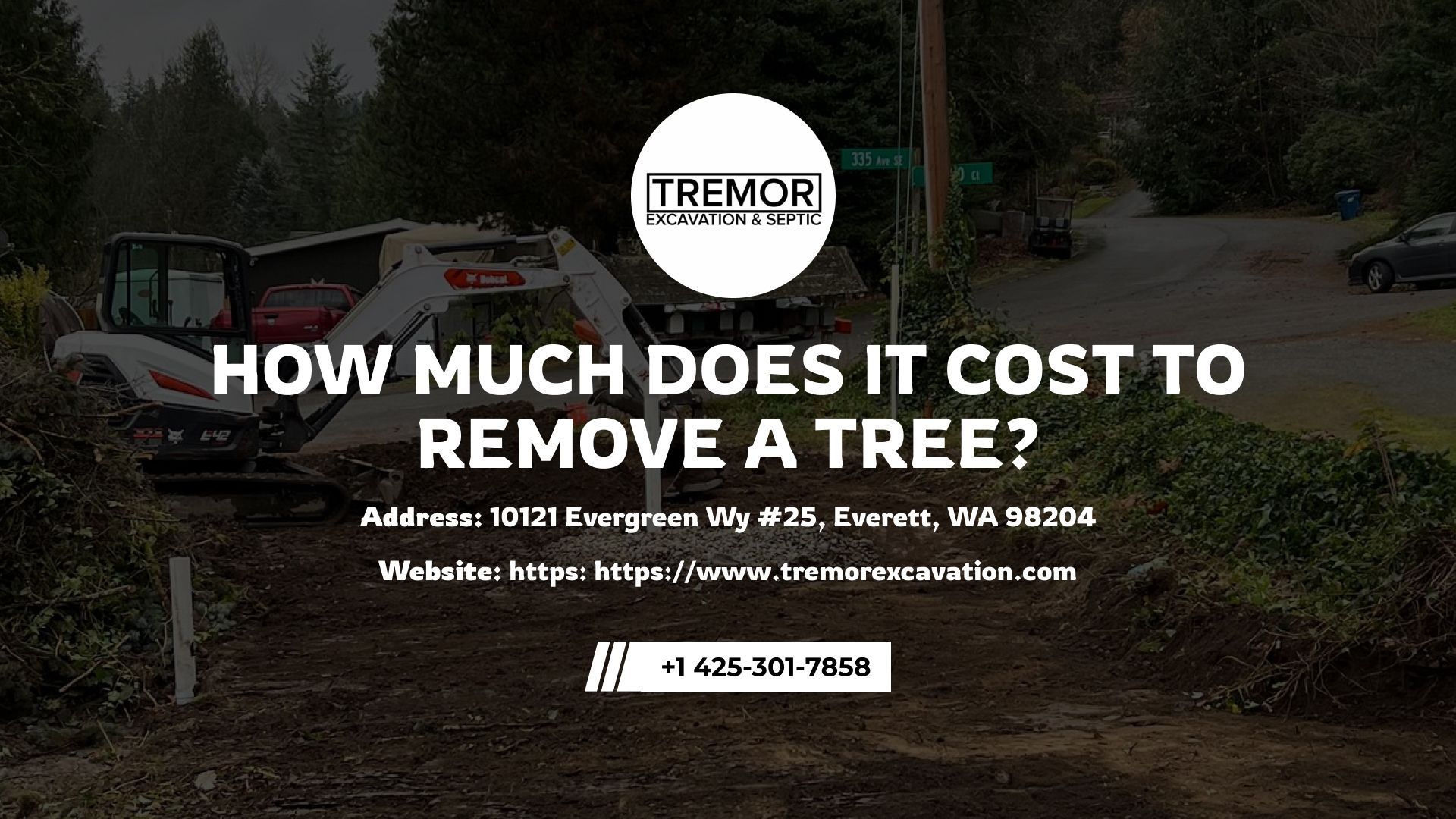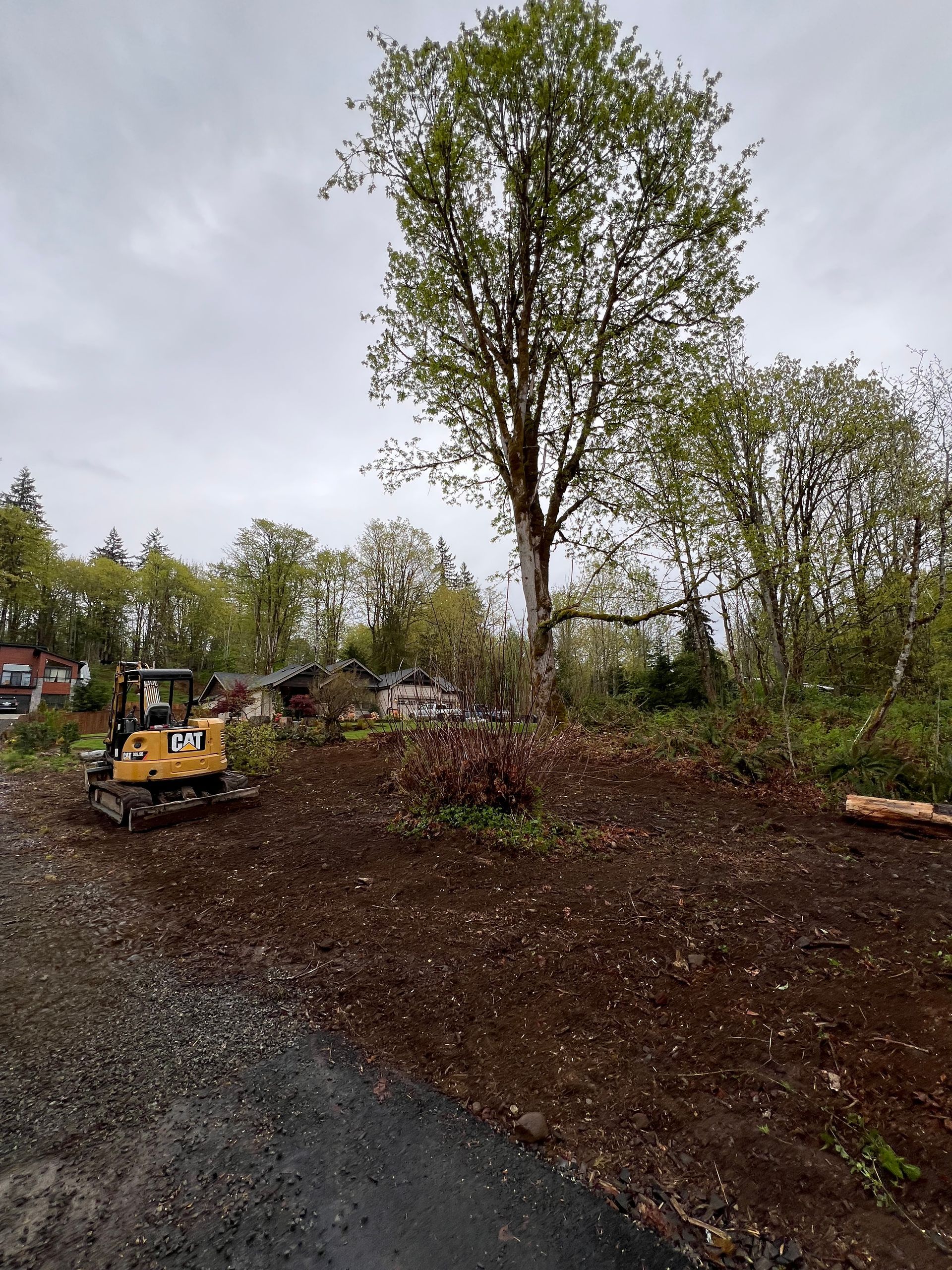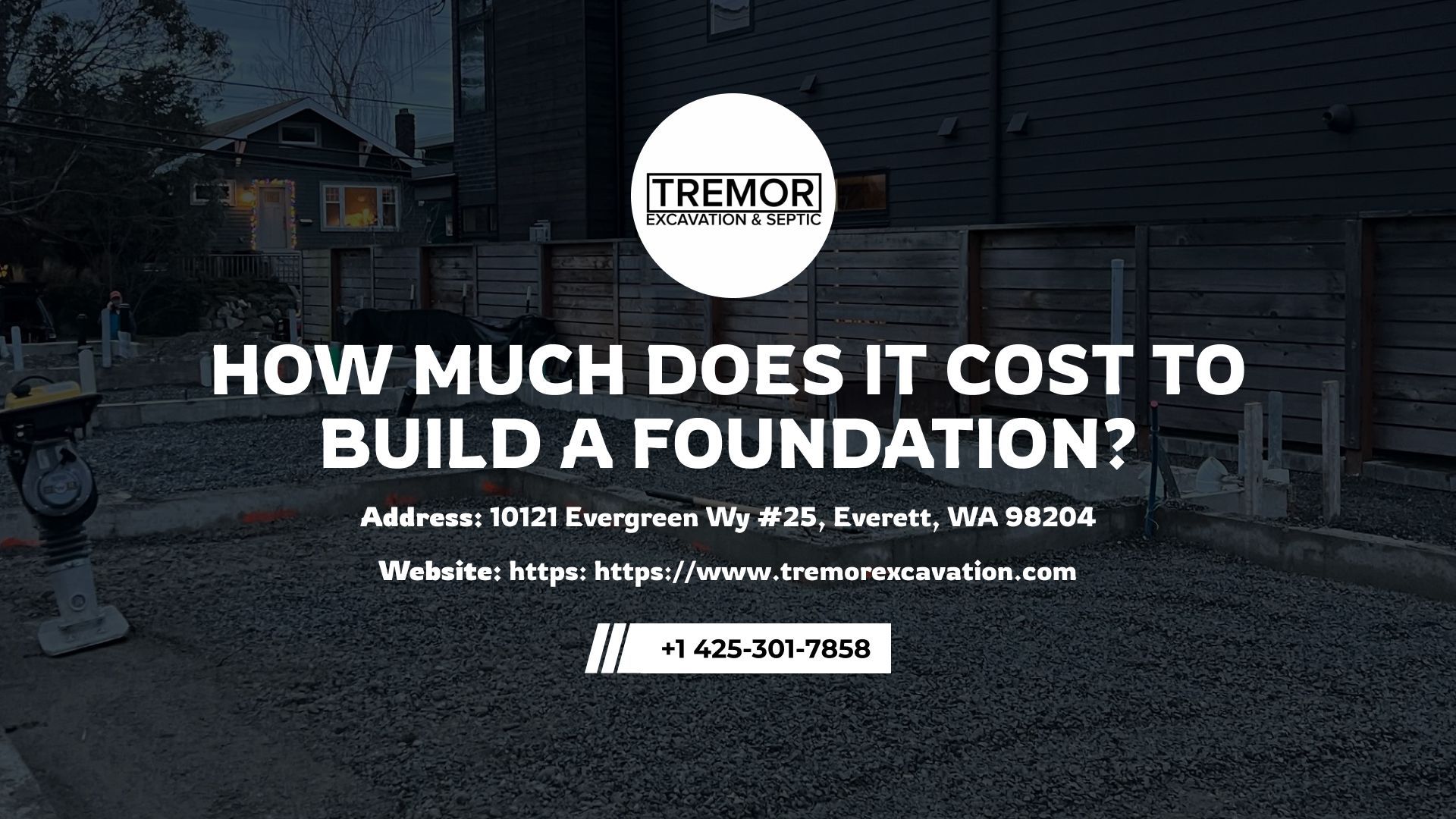How Much Does It Cost To Remove A Tree?

Trees enhance curb appeal, but when they become hazardous, removal is often the only safe choice. Knowing “how much does it cost to remove a tree” can help you plan better. This guide goes over typical prices, what can change those costs, and what you'll experience when hiring a professional for tree removal in 2025.
Key Takeaways
- Tree removal prices in 2025 vary between $150 and $3,000+, based on tree height, condition, and accessibility.
- Taller trees are pricier to take down because they need cranes.
- The tree type, storm damage, and small spaces increase the overall removal price.
- Other factors that can bump up the cost include the type of tree, storm damage, and if the space is cramped.
- Indications that a tree needs to be removed are leaning, rotting, infestation by bugs, or proximity to structures.
- DIY removal is risky and limited to small trees. Professionals offer safety, insurance, and compliance.

How Much Does Tree Removal Cost In 2025?
Removing trees can get pricey, especially when it comes to their height. Short trees are easier and cheaper to take down, while taller ones usually need cranes or heavy gear. Here's a quick breakdown of costs based on size.
| Tree Height | Material |
|---|---|
| 0–30 ft | $150 – $500 |
| 30–60 ft | $400 – $900 |
| 60–80 ft | $800 – $1,500 |
| 80+ ft | $1,500 – $3,000+ |
Factors That Affect Tree Removal Cost
Several key factors influence how much tree removal costs:
- Tree Type: Hardwoods like oak or maple are harder to cut and cost more than softwoods like pine or palm.
- Tree Condition: Diseased, storm-damaged, or leaning trees need more care and may involve added risk.
- Emergency Removal: Urgent removals, especially after storms or near power lines, carry premium costs.
- Tree Access & Location: Trees in tight spots, fenced areas, or close to structures are harder to reach and remove.
- Number of Trees: Removing several trees at once often reduces the cost per tree due to shared setup and equipment fees.
What Are Additional Tree Costs To Consider?
Besides the base cutting fee, several add-on charges can affect how much it costs to get a tree cut down fully:
- Debris Hauling: Expect to pay $100–$200 for removing branches and wood chips, usually listed separately.
- Permit Fees: Many cities require permits for large, historic, or protected trees. Fees typically range from $50 to $200.
- Travel Charges: For locations outside a contractor’s normal service area, expect added costs. These may be $0.50 per mile or a flat $50–$200 surcharge.
- Equipment Or Access Modifications: Cranes, lift trucks, or rope rigging can raise the price significantly when trees are near power lines or rooftops.
- Post-Removal Cleanup: Services such as lawn repair, reseeding the stump area, or cleaning up the roots can cost an extra $100 to $500, based on the condition of your property.
Signs That You Should Remove Your Tree
Knowing when to remove a tree prevents property damage and safety risks:
- Dying Tree: No leaves, brittle limbs, or a bare canopy suggest the tree is no longer healthy.
- Leaning Tree: A tilt toward buildings or walkways indicates possible root instability.
- Decayed Or Hollow Trunk: Mushrooms, soft wood, or large cavities point to internal rot.
- Damaged Or Exposed Roots: Broken or uplifted roots can make the tree unsafe.
- Proximity To Structures Or Utilities: Trees too close to homes or power lines pose major risks.
- Pest Infestation: Termites, carpenter ants, or beetles can compromise wood strength.
How Tree Removal Works (Step-By-Step)
Tree removal usually follows a clear, five-stage process handled by professionals. Each step ensures the job is safe and efficient:
- Estimate & Inspection: The process starts with a quote, either from photos or an in-person visit. Experts check the tree's condition, size, and the area around it to spot any risks and determine what tools are needed.
- Removal Process: The tree is safely taken down using chainsaws, cranes, or lift equipment, depending on its size and access. The crew will follow safety rules to make sure nothing around gets damaged.
- Cleanup & Disposal: After cutting, the team will take away any leftover material. Branches and logs can be shredded or left behind based on the homeowner's request.
Should You Remove A Tree Yourself Or Hire A Pro?
Before reaching out to the professionals, you might think about doing it yourself. But is that truly a safe or cheaper choice?
| Option | Pros | Cons |
|---|---|---|
| DIY | Lower upfront cost, works for very small trees | High injury risk, limited tools, no insurance coverage |
| Professional | Licensed, insured, safe, fast | Higher cost, but more reliable and code-compliant |
Tree removal isn’t a one-size-fits-all job. Costs vary by tree type, risk level, and location, and local regulations may also apply. To stay on budget, consult with licensed professionals who can assess your property and offer accurate pricing. When a tree shows signs of decline, getting a pro to remove it will make sure it's done correctly the first time.
Book Expert Land Clearing Services Near Me Today
Need to know how much to remove a tree on your property? Tremor Excavation & Septic offers licensed land clearing services with clear rates and seasoned crews. Book our service today to start your project with confidence.
FAQs
Why is tree removal so expensive?
Labor, insurance, and equipment costs add up. Large trees often need cranes or multiple crew members.
Will insurance cover tree removal?
Most policies cover removal after a storm or a fallen tree. Routine removals are not typically covered.
How long does the removal take?
Small trees take 1–2 hours. Large or complex removals can take 3–5 hours or more.










